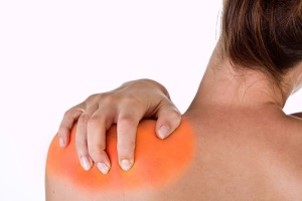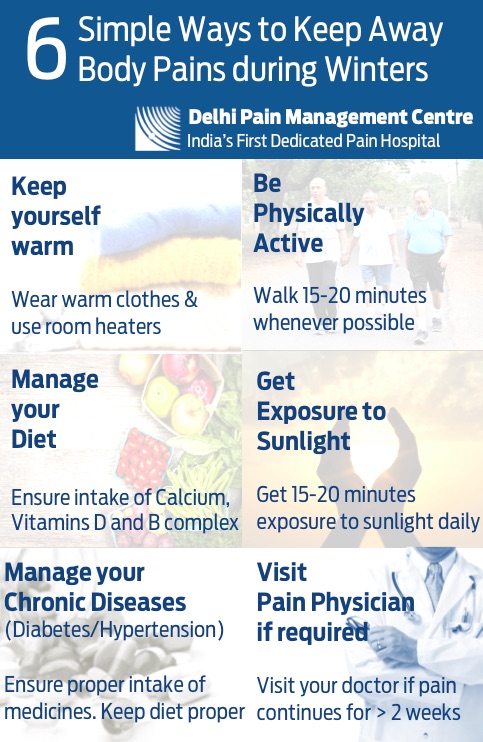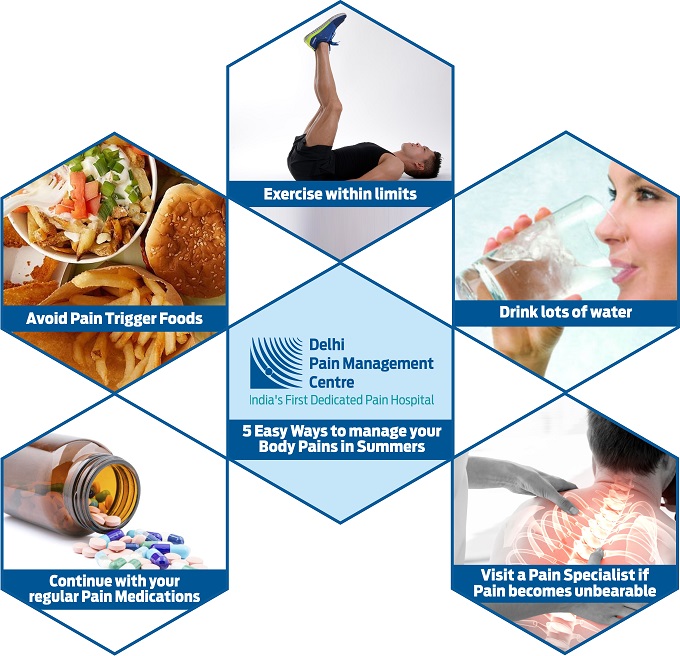
How To Prevent Yourself From A ‘Frozen Shoulder’



What is Frozen Shoulder?
Frozen shoulder, medically referred to as adhesive capsulitis, is a disorder in which the shoulder capsule, the connective tissue surrounding the glenohumeral joint of the shoulder, becomes inflamed and stiff, greatly restricting motion and causing chronic pain.
How common is this condition?
The incidence of adhesive capsulitis is approximately 3 percent in the general population. It is rare in children and people under 40 but peaks between 40 and 70 years of age. Women are more often affected than men and it is common in persons with diabetes.
What can cause Frozen Shoulder?
In frozen shoulder, there is a lack of synovial fluid, which normally helps the shoulder joint, a ball and socket joint, move by lubricating the gap between the humerus (upper arm bone) and the socket in the scapula (shoulder blade). The shoulder capsule thickens, swells, and tightens due to bands of scar tissue (adhesions) that have formed inside the capsule. As a result, there is less room in the joint for the humerus, making movement of the shoulder stiff and painful. This restricted space between the capsule and ball of the humerus distinguishes adhesive capsulitis from a less complicated, painful, stiff shoulder.
A frozen shoulder is an inflammatory condition that causes limited, or reduced motion range of motion in the shoulder joint. It can be caused by injury or disease. Pain results in decreased motion in the joint, which then lead to stiffness.
Who are at risk of developing Frozen Shoulder?
Frozen Shoulder is commonly seen in
- Diabetics
- Hypothyroid patients
- Post stroke
- Injury to shoulder
- Following lung and heart disease
What are the symptoms of a patient suffering from Frozen Shoulder?
Adhesive capsulitis is a painful and disabling condition that often causes great frustration for patients and caregivers due to slow recovery. Movement of the shoulder is severely restricted. Pain is usually constant, worse at night, and when the weather is colder; and along with the restricted movement can make even small tasks impossible. Certain movements or bumps can cause sudden onset of tremendous pain and cramping that can last several minutes.
In addition to difficulty with everyday tasks, people who suffer from adhesive capsulitis usually experience problems sleeping for extended periods due to pain that is worse at night and restricted movement/positions. The condition also can lead to depression, pain, and problems in the neck and back.
Stages of Frozen shoulder
Stage one: The freezing or painful stage, which may last from six weeks to nine months, and in which the patient has a slow onset of pain. As the pain worsens, the shoulder loses motion.
Stage two: The frozen or adhesive stage is marked by a slow improvement in pain but the stiffness remains. This stage generally lasts from four to nine months.
Stage three: The thawing or recovery, when shoulder motion slowly returns toward normal. This generally lasts from 5 to 26 months.
Investigations
X-Ray, B Sugar and sometimes MRI scanning of the shoulder joint.
Treatment of Frozen Shoulder
To prevent the problem, a common recommendation is to keep the shoulder joint fully moving to prevent a frozen shoulder. Often a shoulder will hurt when it begins to freeze. Because pain discourages movement, further development of adhesions that restrict movement will occur unless the joint continues to move full range in all directions (adduction, abduction, flexion, rotation, andextension).
Drugs: The drug therapy for frozen shoulder consists of NSAIDS (pain killers)to take care of the inflammatory pain. We need to add a NEUROPATHIC AGENT like Gabapentin or pregabalin if the pain has chronified and developed a neuropathic component. Hot fomentation of the joint also help to reduce the oedema and swelling.
Intervention: In some resistant not responding cases, we can go for interventional techniques. It can also be used for speedy recovery. The technique consists of injecting anti inflammatory agents (eg- steroids, ozone,sodium hyalurinate etc) into the shoulder through the subacromial bursa and also into the bicipedal groove to take care of the bicipedal tendinitis which can also be a contributory factor for shoulder pain.
Physical Therapy: Physical therapy consists of both exercise therapy and instrumental therapy. Instrumental therapy consists of short wave diathermy, Interferential therapy, ultrasonics, laser therapy etc.
Exercise therapy consists of exercises for complete range of motion of the shoulder joint. Exercise therapy should only to be initiated after adequate pain relief.






Leave a Comment